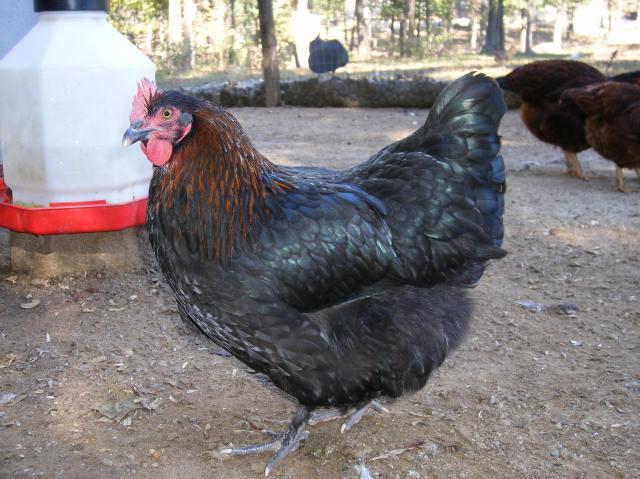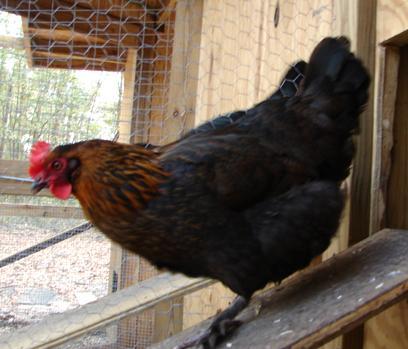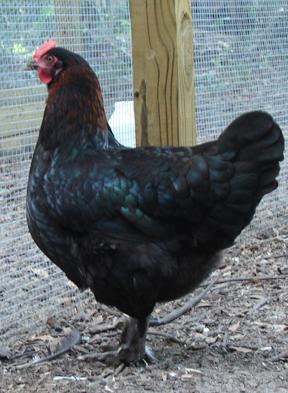I guess I had you confused with someone else, Ruth. Sorry.
So who bought Jesse's flock? I don't remember his last name...maybe it's Bryant?
So who bought Jesse's flock? I don't remember his last name...maybe it's Bryant?













